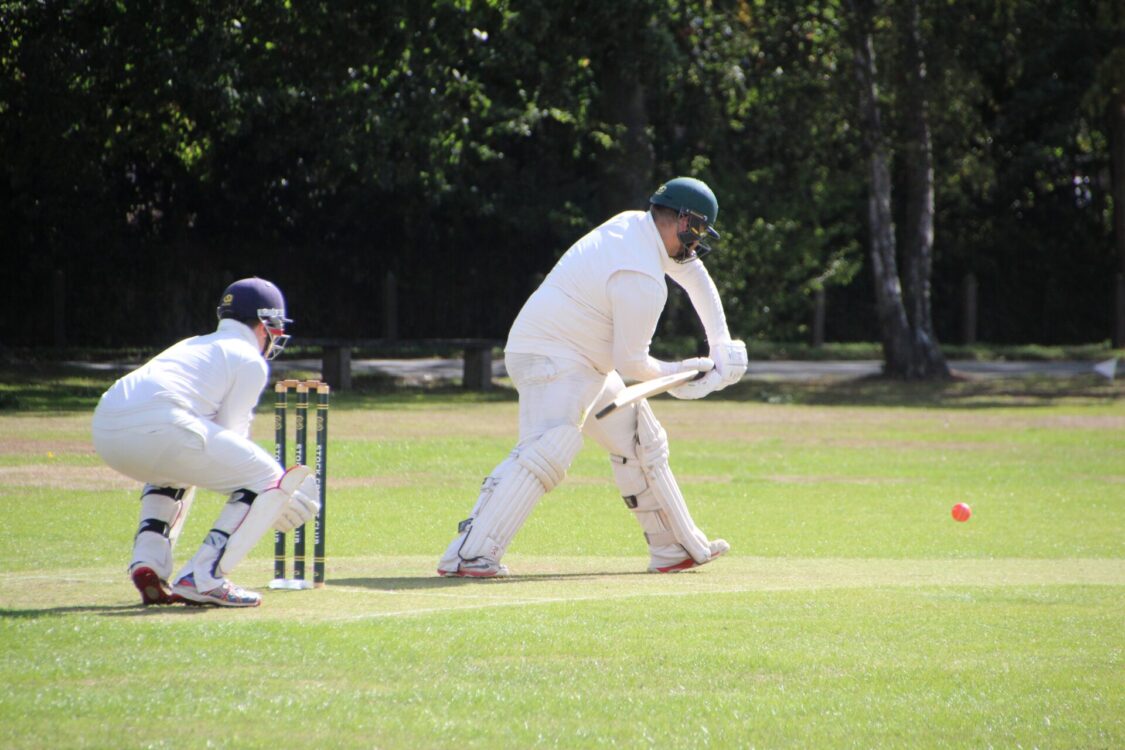Introduction
Cricket, often referred to as the “gentleman’s game,” has witnessed a profound transformation in recent years, thanks to the advent of technology. Among the many technological advancements, the Decision Review System (DRS) has been a game-changer in international cricket. DRS technology has brought precision, fairness, and excitement to the sport, as it allows players to challenge on-field decisions made by the umpires. In this article, we will delve into the workings and impacts of DRS in cricket, exploring how it has revolutionized the game and ignited debates among players, fans, and experts.
What is DRS?
The Decision Review System is a technology-driven tool designed to assist on-field umpires in making accurate decisions, particularly regarding LBW (Leg Before Wicket) and caught-behind dismissals. DRS is primarily used in international cricket, though it has also been adopted in some domestic leagues. This system combines various technologies to achieve its objectives, including ball tracking, Hot Spot, Snickometer, and the use of multiple camera angles.
The Components of DRS
- Ball Tracking: This is one of the most crucial components of DRS. It uses specialized cameras to track the trajectory of the ball from the moment it leaves the bowler’s hand until it reaches the batsman. The system also predicts how the ball would have behaved had it not hit the batsman’s body or bat.
- Hot Spot: Hot Spot technology uses infrared imaging to detect heat generated upon contact between the ball and the batsman’s bat or body. This provides visual evidence of whether the ball touched any part of the bat or the batsman’s clothing.
- Snickometer: Snickometer, often called Snicko, records sound waves generated by the ball passing the bat. By analyzing the audio cues, it helps determine if there was any contact between the ball and the bat.
- Ultra Edge: This technology uses sound and vision to identify edges. It complements Snickometer and helps confirm faint edges that may not be detected by Hot Spot.
The Role of DRS in Cricket
- Challenges and Reviews: In international cricket, each team is allocated a certain number of reviews per innings. A player can challenge an umpire’s decision by requesting a review. The on-field umpire’s decision is then reviewed using DRS technology. If the technology supports the original decision, the team retains its review; otherwise, the review is lost. This system adds a strategic dimension to the game, as captains and players must decide when to use their reviews judiciously.
- Eliminating Human Errors: DRS has significantly reduced the margin of human error in cricket. Umpires, though highly skilled, are still susceptible to mistakes due to the speed and complexity of the game. DRS assists in making more accurate decisions, particularly for complex situations like LBW appeals.
- Fairness and Transparency: DRS has improved the overall fairness and transparency of cricket matches. Players are given a chance to challenge decisions, and the technology provides indisputable evidence, enhancing the integrity of the game.
- Excitement and Drama: DRS has added an element of excitement and drama to cricket. The anticipation and suspense of a decision being reviewed, along with the dramatic replays on the big screen, have become integral parts of the viewing experience.
Controversies Surrounding DRS
While the Decision Review System has brought many advantages to cricket, it has not been without its share of controversies and debates.
- Umpire’s Call: One of the most significant debates centers around the concept of “Umpire’s Call” in LBW decisions. If the ball-tracking technology shows the ball hitting the stumps but a portion of the ball is deemed to be “clipping” the stumps, the original on-field decision stands. This has led to confusion and debate, as some argue that the technology should have the final say, while others believe that the on-field umpire’s decision should be respected.
- Impact on the Game’s Spirit: Critics of DRS argue that it disrupts the traditional spirit of the game. The system allows players to question an umpire’s judgment, which can lead to contentious moments on the field. Some believe that cricket’s character, based on respect for the umpire’s authority, is eroded.
- Technology Accessibility: DRS is predominantly used in international cricket, but its availability is not uniform across all matches. Critics argue that it gives an advantage to wealthier cricketing nations who can afford the technology, potentially creating an imbalance in the fairness of the game.
The Future of DRS in Cricket
Despite the controversies, DRS is likely to remain a fundamental part of international cricket in the foreseeable future. The technology will continue to evolve and improve, making it more accurate and reliable. Umpires will receive training to interpret the technology better, reducing disputes regarding Umpire’s Call.
Furthermore, discussions are ongoing about introducing DRS in other formats of the game, such as T20 cricket and domestic leagues, which could further enhance the fairness and accuracy of decision-making.
Conclusion
The Decision Review System has transformed cricket by incorporating advanced technology to reduce human error and enhance the fairness and transparency of the game. While it has generated debates and controversies, it has undoubtedly added excitement and drama to cricket, making it a more engaging sport for players and fans alike. As DRS technology continues to evolve and become more accessible, it will play an increasingly significant role in the future of the sport, solidifying its place in the history of cricket.
